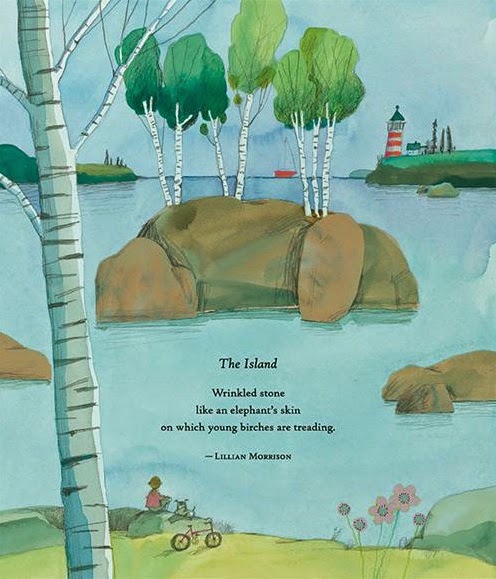
Hardcover, 32 pgs.
I am an Amazon Affiliate
Ally-Saurus & the First Day of School by Richard Torrey is a carefully crafted story about an imaginative young lady who leaves home to attend school for the first time. Her mother assures her that she will make friends once she gets there, buoyed by this, Ally heads off to school. She loves dinosaurs and imagines herself as one not only at home but at her new classroom as well. She greets her teacher as a dinosaur would and eats her lunch as a dino would. She’s not as odd as adults might think because the other students in her class act in similar ways, though none act as dinos. From princesses to lions and astronauts, these kids have vivid imaginations. Initially, they are wary of those who are different from one another, but eventually, their perceptions of one another are broken down and they learn to play with one another. There is even one classmate who does not have an over-active imagination, and he’s accepted too.
My daughter and I loved this book and roared with Ally as she entered the classroom and played with her new friends. We loved the adventures she took with her friends on the playground and hope that there are more books with Ally to come. The illustrations are reminiscent of chalk drawings for the most part, which goes well with the theme — the first day of school. Parents can use this tale to help ease the fears of their own kids before they enter school for the first time.
Ally-Saurus & the First Day of School by Richard Torrey is fantastic, inventive, and we loved it. We’ll likely read this many more times before my daughter enters Kindergarten, so may by by then, she’ll be ready for her own new adventure.
About the Author:
Richard Torrey is the author and illustrator of a number of well-loved children’s books, including Almost, Why?, and the popular Beans Baker series. Mr. Torrey lives in Shoreham, New York.
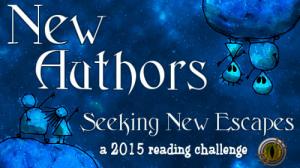



 About the Author:
About the Author: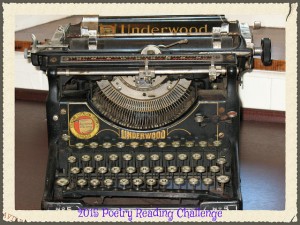
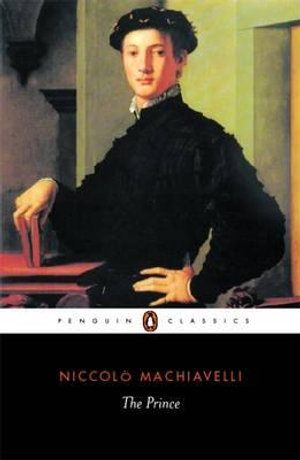


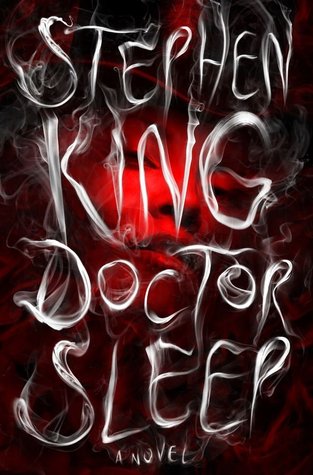
 About the Author:
About the Author:
 About the Author:
About the Author:
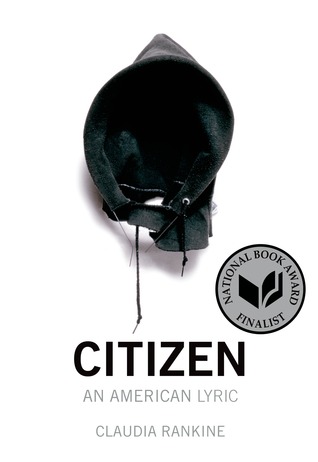


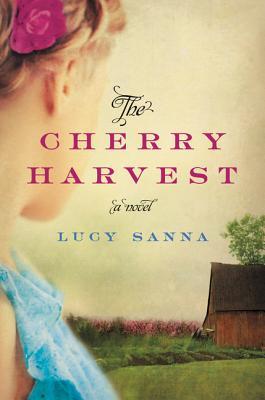

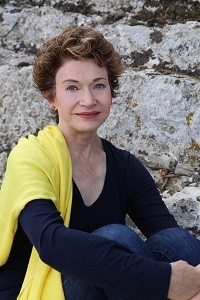 About the Author:
About the Author:
